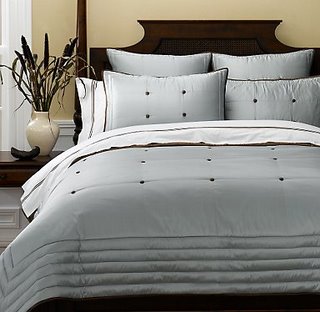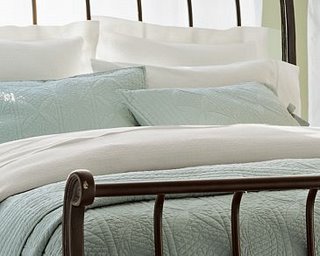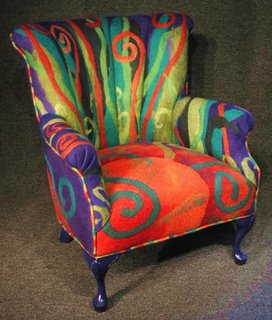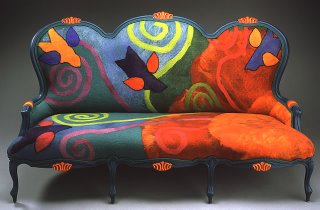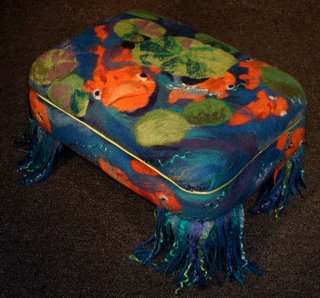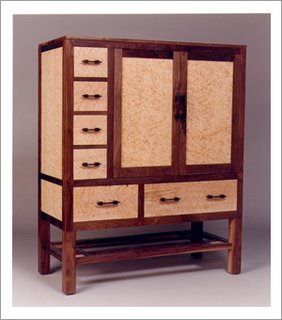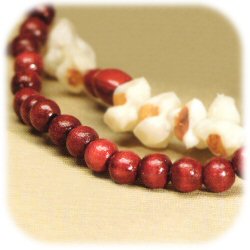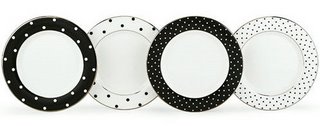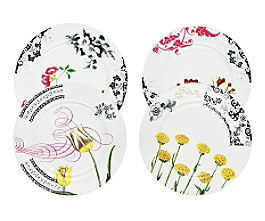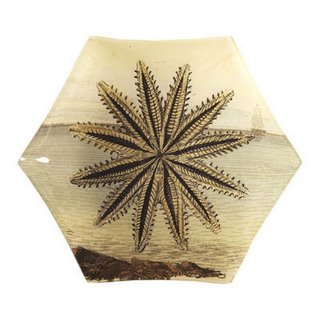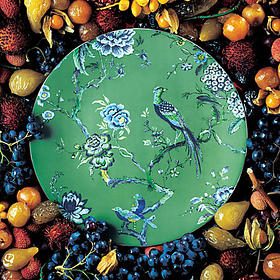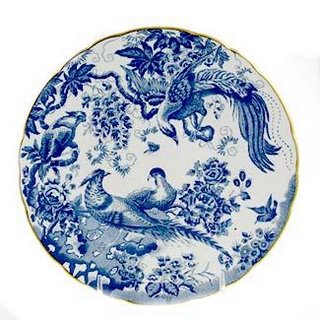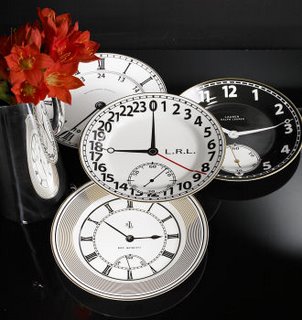Hitting the Books
It’s back to school, which means stacks of books are starting to encroach on living space. In my house, we have a library, but that doesn’t mean there aren’t books piling up on top of kitchen counters or next to nightstands or, dare I say, on bathroom floors. So, it’s time for gorgeous ways to store all these beautiful books. I’m particularly fond of stacking books of similar sizes or topics on top of a side table and putting a finial or small sculpture or iron piece on top, but if you want something more permanent, try some of these...
I know I try to highlight things on this blog that most people can afford, but from time to time, I just want to go a little crazy. This bookcase will cost (at retail) about $4,300. Think of it this way, if you hire a decorator, maybe you’ll only have to pay $3,000. Does that help? You can get this as Dialogica.

It’s from Patina and will run you close to $12,000 retail, but no one pays retail for these things. Your local designer can sell it to you for at least 25% less. OK, forget the price, hand painting this bookcase has created a piece that’s both elegant and rustic. Gorgeous.

 The same goes for this Nicholas and Stone case. N&S is the oldest furniture maker in the country and has a quality rarely found anymore. Again, I couldn’t get a price on this, but this line is carried here in Northern Westchester by Country Willow if you want to purchase it retail.
The same goes for this Nicholas and Stone case. N&S is the oldest furniture maker in the country and has a quality rarely found anymore. Again, I couldn’t get a price on this, but this line is carried here in Northern Westchester by Country Willow if you want to purchase it retail. If you like contemporary design, these free form shelves really make a statement. You can get them from merchantmanager.com.
If you like contemporary design, these free form shelves really make a statement. You can get them from merchantmanager.com.
I love bookends. I have more pairs than I can count. Here are some great examples of what you can purchase today.

This is raw onyx and is available from tenthousandvillages.com which is a non-profit organization that supports artists all over the world. These only cost $40 and are raw and rustic and beautiful.
 These are from Pottery Barn for $70.
These are from Pottery Barn for $70. These are from the Metropolitan Museum store (www.metmuseum.com) for $55
These are from the Metropolitan Museum store (www.metmuseum.com) for $55
 I found these online at a site called justbookends.com. They’re selling these for $55.
I found these online at a site called justbookends.com. They’re selling these for $55.








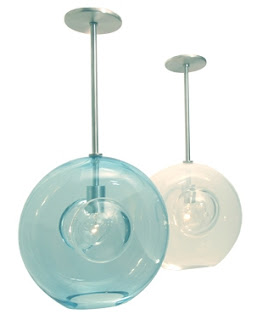









 The top layer is obviously most visible and therefore of the biggest design concern. For looks, I head straight to Restoration Hardware. Their silver sage is stunning and once it’s paired with chocolate what you have is rich and spectacular. Also, not cheap.
The top layer is obviously most visible and therefore of the biggest design concern. For looks, I head straight to Restoration Hardware. Their silver sage is stunning and once it’s paired with chocolate what you have is rich and spectacular. Also, not cheap.